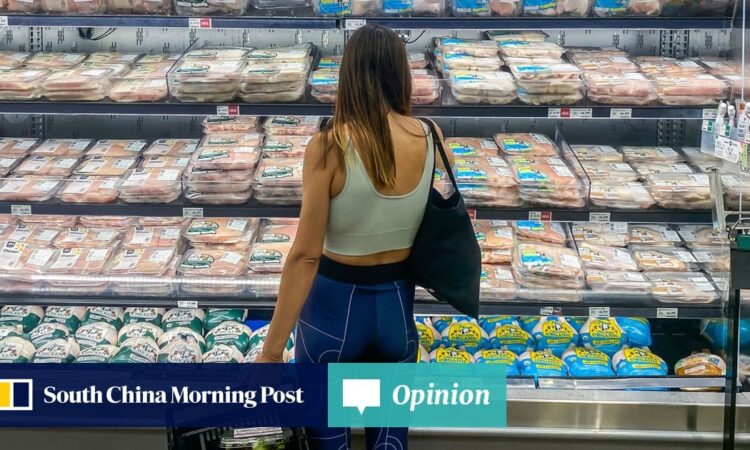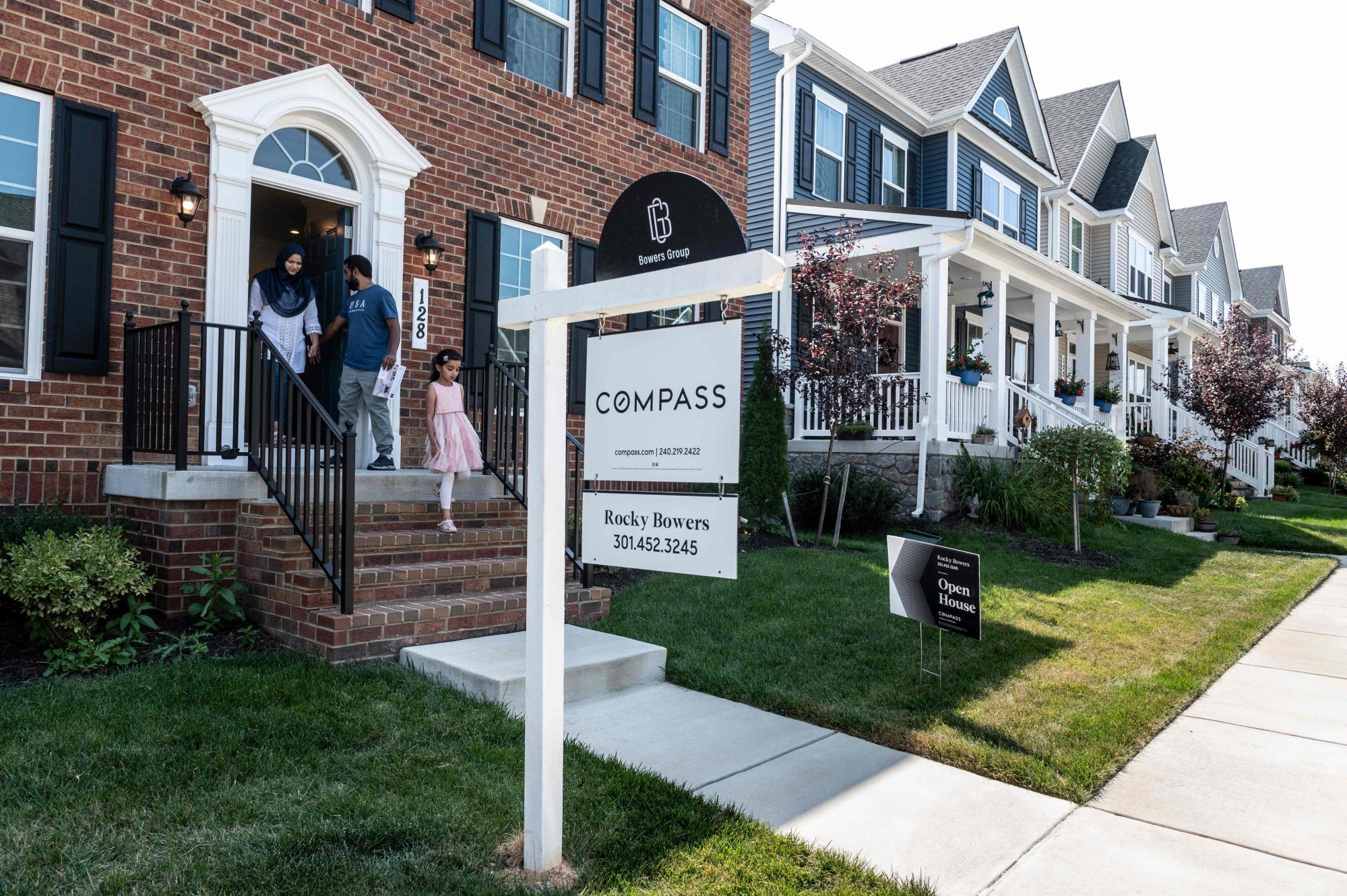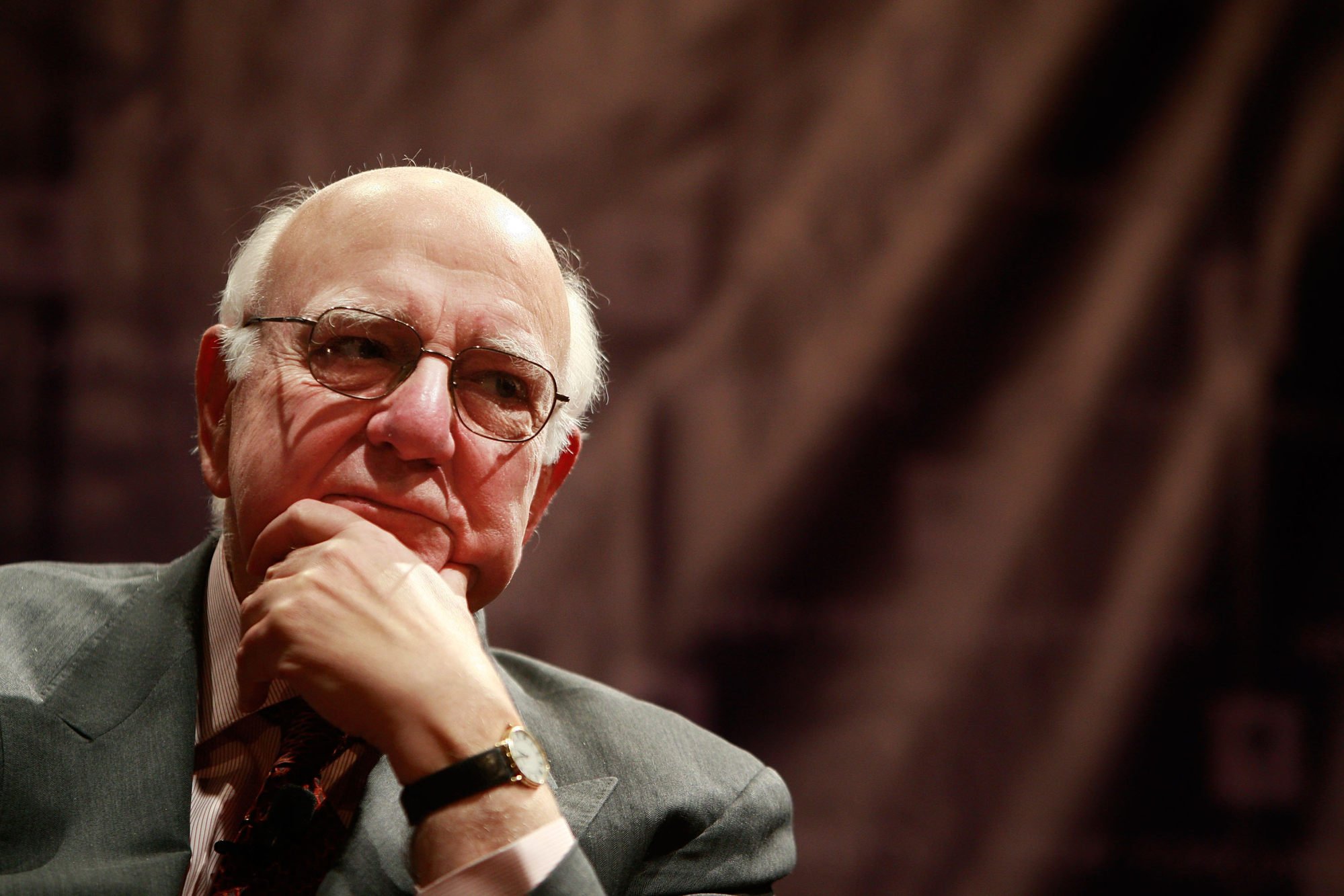
Jim Grant, among the most astute observers of interest rates in the United States, has no doubt that the price of money is the most important price in a market economy. The publisher of Grant’s Interest Rate Observer, he warns that the era of zero short-term rates makes the rapid rise to 5.5 per cent dangerous.
The Federal Reserve artificially held rates at zero to stimulate the economy after the 2008 global financial crisis and consumers were shielded from market interest rates for 14 years. Now everybody must adjust quickly and the process will be painful.
Low rates encouraged corporations, individuals and governments to borrow excessively. With the price of money now higher, loans often must be paid back at higher rates.
This is not to say the Fed was wrong to bring rates to zero, but rates were kept low for too long. From 2009 to 2016, growth rebounded smartly. Likewise, low rates from 2020 to 2022 were a useful response to the Covid-19 pandemic.
The problem is that zero interest rates combined with massive increases in government spending meant there was too much money in the economy. As the economist Milton Friedman observed, “inflation is always and everywhere a monetary phenomenon.” There was an inflationary surge that the Fed’s higher interest rate policy is now successfully addressing.

Mortgage interest rates have risen steadily in the past year to about 7 per cent. Despite higher mortgage rates, though, home prices in most parts of the country are still rising. Unsurprisingly, the National Association of Realtors says housing affordability has fallen to the lowest level since 1989.
The consumers hardest hit by interest rate rises are those who fail to pay off their credit card balances each month. Credit card debt is poison, with interest rates often exceeding 20 per cent. Lower-income borrowers are most likely to get into trouble, and not surprisingly credit card delinquencies have risen sharply.
As for fighting inflation, the strong medicine is working. The patient – the US economy – is alive and kicking and has relatively easily absorbed successive rate increases. Inflation is down by two-thirds, from 9 per cent to just over 3 per cent.
What high US inflation and China’s deflation risk mean for the global economy
What high US inflation and China’s deflation risk mean for the global economy
To the surprise of many forecasters, the economy has not slipped into recession. Economic activity is steadily recovering, about 200,000 jobs are being created each month and the unemployment rate is 3.8 per cent, a low level not seen since the late 1960s.
The need to be steadfast against inflation is a recurrent theme at the Fed. In 1979, inflation accelerated to 13 per cent and outpaced rises in interest rates. G. William Miller had been chairman of the Fed for little more than a year. With the economy struggling, US President Jimmy Carter accepted the resignations of five cabinet secretaries and abruptly shifted Miller to be treasury secretary.

Something potentially transformative is taking place. For the first time in two decades, interest rates are higher than inflation. That is an incentive to save money, but these kinds of transformations are not pain-free. Monetary policy operates with a lag before changes in interest rates take full effect. There will be tough times ahead for borrowers.
Will the Fed stand pat on interest rates? Is the current cycle of rising interest rates over? Probably, but don’t expect any rate cuts in the next year. The Fed must not bend or give in. Doing so would risk the significant gains that have already been achieved.
Barry D. Wood, a columnist and broadcaster for Hong Kong radio, has been writing about the Fed for several decades






